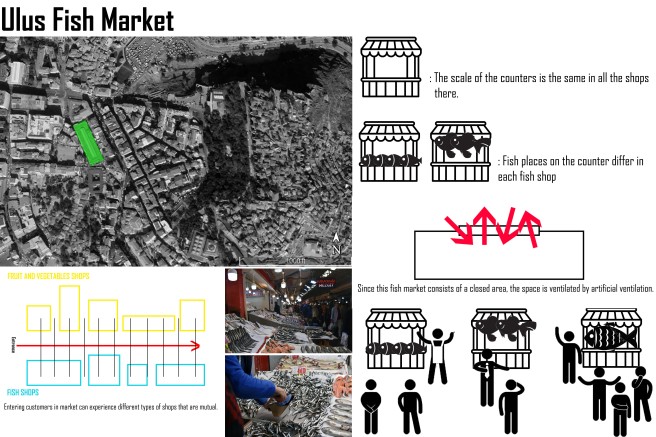Designing wet spaces in living spaces has many purposes. According to the information I got from my analysis, I would like to briefly mention these purposes in the following articles:
- Wet spaces in living areas should be large enough to easily meet the needs of core or crowded families.

 Different wet spaces types
Different wet spaces types

- Wet spaces in living areas should have a different feature from other spaces in those areas. So privacy should be considered in these areas.

- In addition, natural or artificial ventilation methods that can provide adequate temperature and humidity suitable for seasonal transitions should be provided, without compromising privacy in these areas.



- Wet spaces should be easily accessible to people of all age groups and all kinds of physical characteristics.
- While building these areas, while choosing the material (eg ceramic, porcelain, glass, stone, stainless steel), care should be taken not to have a solid and slippery surface.
 Fiberglass and Acrylic Tiles
Fiberglass and Acrylic Tiles
 Stone Tiles
Stone Tiles
 Ceramic and Porcelain Tiles
Ceramic and Porcelain Tiles
- Also, waterproofing in wet spaces should be very good to prevent water ingress into other spaces in the living areas and especially to not damage the walls.
- Storage units in wet spaces are very important for the organization of materials determined in line with the needs of people.
If I summarize all these items, the common feature of these places is that it is important for all users to be able to use the equipment available here (Also, this equipment must be accessible and the equipment must be comfortable for the user) and their needs are met. Below is a scheme of ideas for things to consider when building these areas:


















 According to the employee I spoke with, all fishermen in this market go to buy fish from wholesalers between 2 and 7 o’clock in the morning. In this shop, after getting their fish at 6 o’clock in the morning, they are put their fish on the stalls at 08:30 in the morning. The fish usually places in the ice on the counter. The reason for this is to keep their freshness alive. In addition, in order to make the skin of the fish look more beautiful and lively, white light bulbs placed on the counter and fish soaked in seawater every half an hour.
According to the employee I spoke with, all fishermen in this market go to buy fish from wholesalers between 2 and 7 o’clock in the morning. In this shop, after getting their fish at 6 o’clock in the morning, they are put their fish on the stalls at 08:30 in the morning. The fish usually places in the ice on the counter. The reason for this is to keep their freshness alive. In addition, in order to make the skin of the fish look more beautiful and lively, white light bulbs placed on the counter and fish soaked in seawater every half an hour.